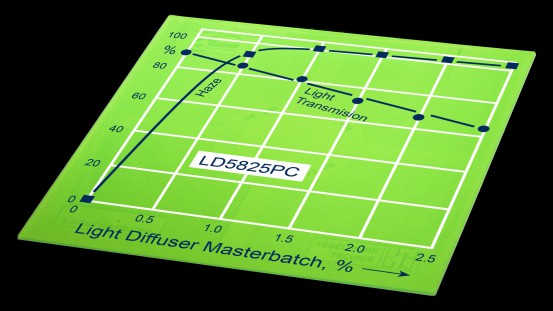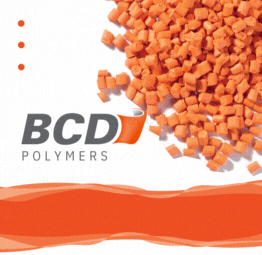The use of such LD masterbatches gives extrusion and injection molding companies maximum flexibility without the need to keep diverse stocks. It means that they are able to adjust the targeted light scattering properties for the respective application and material thickness merely by varying the quantity added. On top of that, they have the possibility to produce the corresponding mixture either before filling it into the hopper, or to add the masterbatch inline to the melt. Another advantage is derived from using masterbatches generally, namely that, although the responsibility for homogeneous dispersion passes over to the converter, this route is often more cost-efficient compared with buying ready-to-use material, especially with large volumes.
Rudolf Reinhart, Product Manager at Tosaf Color Service: "Producers of parts or extrudates for lighting technology are, because of the large amount of apparatus needed, not usually able to incorporate the light-scattering additive themselves. However, our easy-to-process light-diffuser masterbatches open the way for them to achieve inexpensive flexibility, because they are designed for products without streaks or other defects. This means that our customers have a cheaper alternative to compound solutions."
And Marketing Manager Andreas Kruschinski adds: "We see a growing demand for light-scattering plastic parts. This is due not only to the increasing popularity of LED light sources, but also to the increasing range of applications. A current example is the development of evenly backlit decorative elements for interior and exterior automotive parts. Relevant applications are also foreseeable over and above lighting technology in many other areas, including white goods, furniture design and consumer electronics, for example for edgings for gaming machines."



